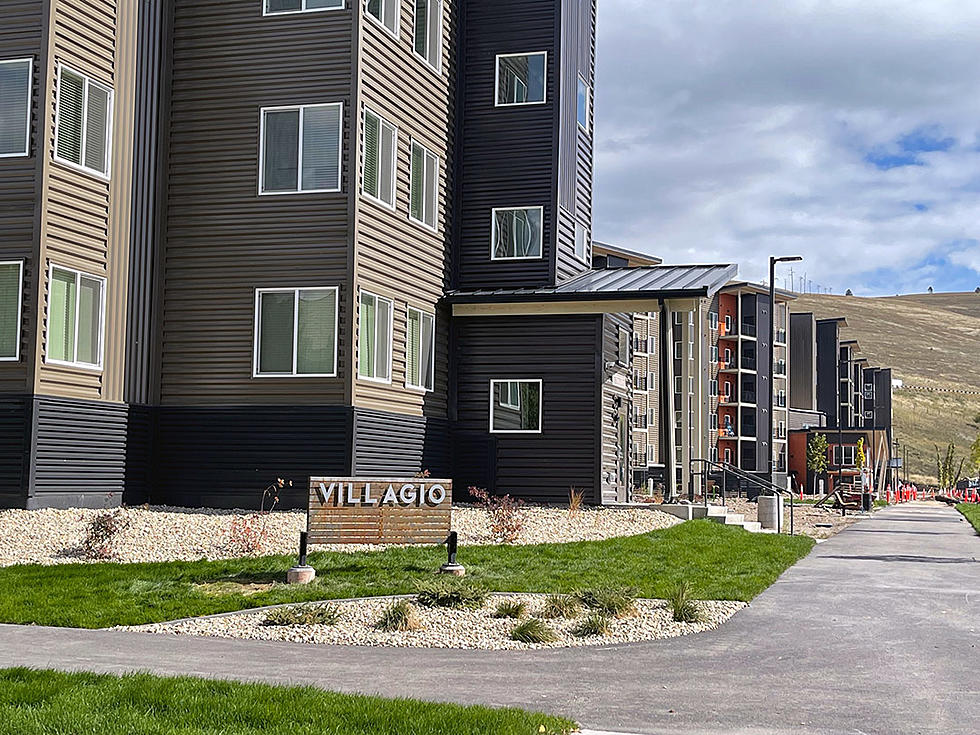
Affordable housing, new ownership models help Missoula with housing
Martin Kidston
(Missoula Current) A boost in affordable housing and new tools to achieve homeownership in non-traditional ways has helped take a bite out of homelessness and given more low-income earners new opportunities, according to several local organizations.
Last year, Missoula opened 402 new supportive housing units, including the Villagio and Trinity. In years past, the city delivered only 200 such units every 10 years, so the recent influx has come as a welcome increase.
But it also has helped move the needle in housing those with the greatest need, according to Jim McGrath with the Missoula Housing Authority. Many who fall into the category found housing last year as the projects opened.
“These are the hardest to house and they're now housed,” McGrath said. “Last fall, more people left homelessness than became homeless during that period of time. We put on a generational amount of affordable housing in one year.”
According to the Missoula Housing Authority, the average income for residents in the Trinity project – not including the portion that includes permanent supportive housing – is around $37,000, which is below the area median income.
Likewise, the average income for leased units in the Villagio is roughly $29,000, though the figure also includes those with housing vouchers.
“All of this is really timely, because with the increased rents in the last couple of years and HUD funding being insufficient, our tenant-based voucher program hasn't been able to afford to fully lease the units we've been given, to the tune of 150 families not being able to take advantage of the program,” said McGrath.
Tracking new trends
In this year's annual housing report released by the Missoula Organization of Realtors, the data included “a continuum of housing options.” Along with traditional data on the market-rate cost of rent, home prices and sales trends, the figures also looked at supportive housing issues and new, non-traditional pathways toward home ownership.
Julie Pavlish with Homeword said that as housing costs increase and the number of affordable homes decline, more people are looking to achieve ownership in new ways. The city has begun using several new models to help buyers reach ownership, including community land trusts.
“The home buyer partners with the community land trust on the purchase of their home,” said Pavlish. “In exchange for an affordable purchase price, they limit their equity in the home at the time of sale. This passes on the affordable purchase price to the next buyer.”
The community land trust model was first used in Missoula in 2002 and has grown in popularity. With public subsidies, a housing project off Scott Street will use the model to place 46 workforce housing units for sale, with prices anticipated well below the market rate.
But Pavlish said other housing models are also being explored, including co-op shared homeownership. Under such arrangements, residents own a share of the cooperative that owns the building.
“For the first time in 2023 for our community is the co-op shared home-ownership model,” said Pavlish. “In Missoula, the owners have also partnered with community lands trusts in the limited equity model for those co-op homes.”
Pavlish said housing experts are also tracking trends in resident owned communities. Missoula has seen several in the last few years where residents purchase their mobile home park and own it jointly.
That gives them more say over the future of the property and reduces the risk of it being sold for more expensive housing.
“Many of these models aren't new to our community,” said Pavlish. “They continue to be a growing share of the market and are an important piece of maintaining affordability across our community. In the coming years, we'll be sure we're tracking these going forward.”
